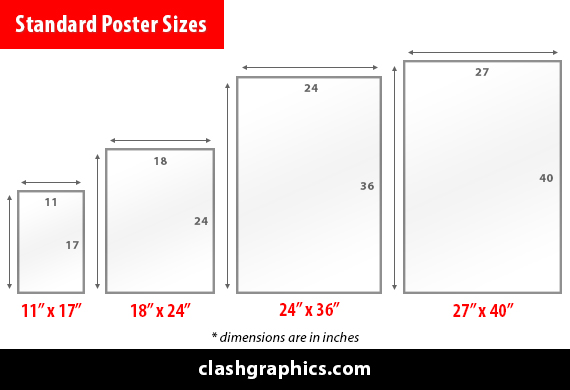Branding vs Marketing
Posted by Clash Printing Atlanta on 21st Nov 2024
If you're confused about branding vs marketing, you're not alone. Branding establishes your company's identity and builds long-term recognition, while marketing promotes your products to drive sales. This article will discuss their main differences a…
read more














